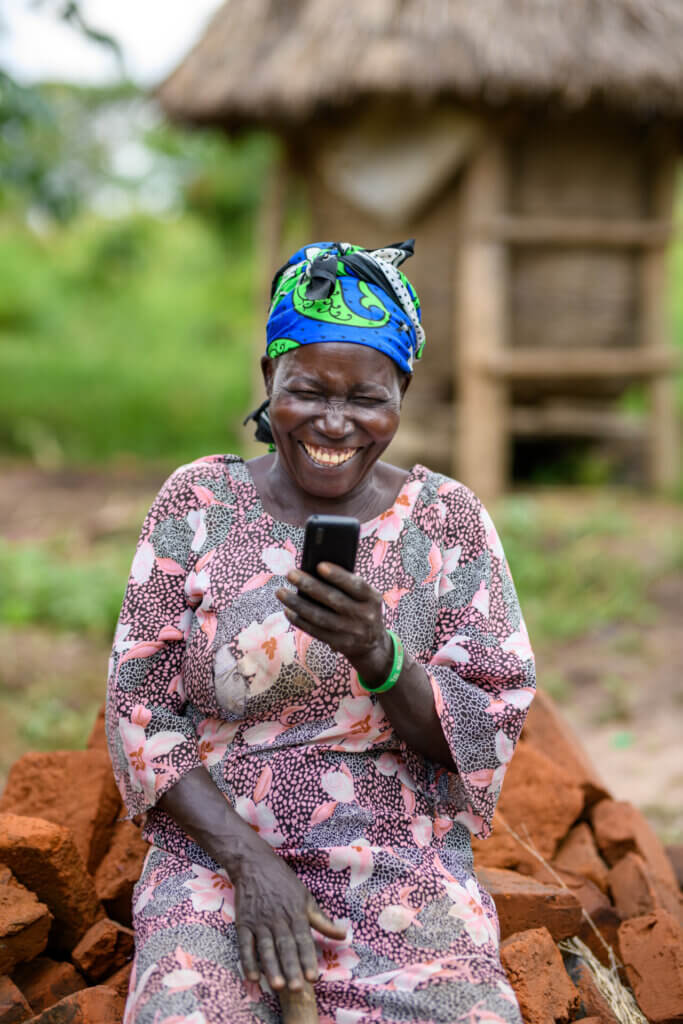Bugiri, July 2023
At Bidhaa Sasa, we’re always exploring new ways to make life-improving products accessible to the rural communities we serve. In our latest project with support from FSD Uganda, we set out to tackle a unique challenge: does our mobile money-based financing for rural farmers to buy essential products also work in Uganda? While group financing isn’t new, mobile money in rural Uganda still is.
Financial Inclusion through Mobile Money
Group lending is a well-known concept in Uganda, but pairing it with mobile money for financing everyday products? That’s a different story. Most traditional lending structures don’t reach the last mile, especially for purchases below $100. Many rural households are excluded from formal banking, and even microfinance institutions often don’t provide loans for small household or farming products.
Through this project, we tested whether mobile money could bridge that gap—allowing farmers to access products like solar lamps and cookstoves in flexible, small payments. By making credit accessible directly on mobile devices, we’re bringing financial inclusion to a new level, enabling communities to afford these life-enhancing products without needing a formal bank account.
Social Cohesion as a Credit Tool
In Uganda, just like in Kenya, social networks are powerful. Our model taps into the trust within these networks through group financing, where small groups of community members collectively share the responsibility for each other’s loans. This social cohesion acts as a form of security, making it easier for people without collateral or credit histories to gain access to financing.
In our Uganda pilot, we put this approach to the test, adapting it to local nuances. While we found that repayment behaviors differed from those in Kenya—especially with more men adopting solar products—the strength of community ties still played a crucial role in repayment rates. The overall loan payment performance over the period stood at an average of 10.6 percent PAR >30 with the female slightly lower at 7.2 percent PAR >30. Both slightly higher compared to our historical performance across the boarder in Kenya.
Challenges and Opportunities in Mobile Money Adoption
One of the most significant aspects of our project was encouraging mobile money adoption. In Uganda, many rural communities are still hesitant to trust mobile transactions. But with education and hands-on demonstrations, we saw growing acceptance. Using mobile money for repayments not only makes the process more efficient but also empowers people by introducing them to digital financial tools they may not have used before.
Despite initial reluctance, mobile money adoption proved to be one of the key enablers of our group financing model, particularly for women, who often handle household finances.
Looking Ahead: What We’ve Learned
This project taught us that while the foundations of group financing and social cohesion are solid, combining them with mobile money creates a powerful tool for financial inclusion. Our experience in from this pilot showed our potential Uganda that we can help rural communities access the tools they need with the right product catalog.
As we continue to refine and adapt our model, we’re excited to see how mobile money can transform the way rural families finance the products that make a difference in their daily lives.
For more insights, check out the full case study on FSD Uganda’s website.

